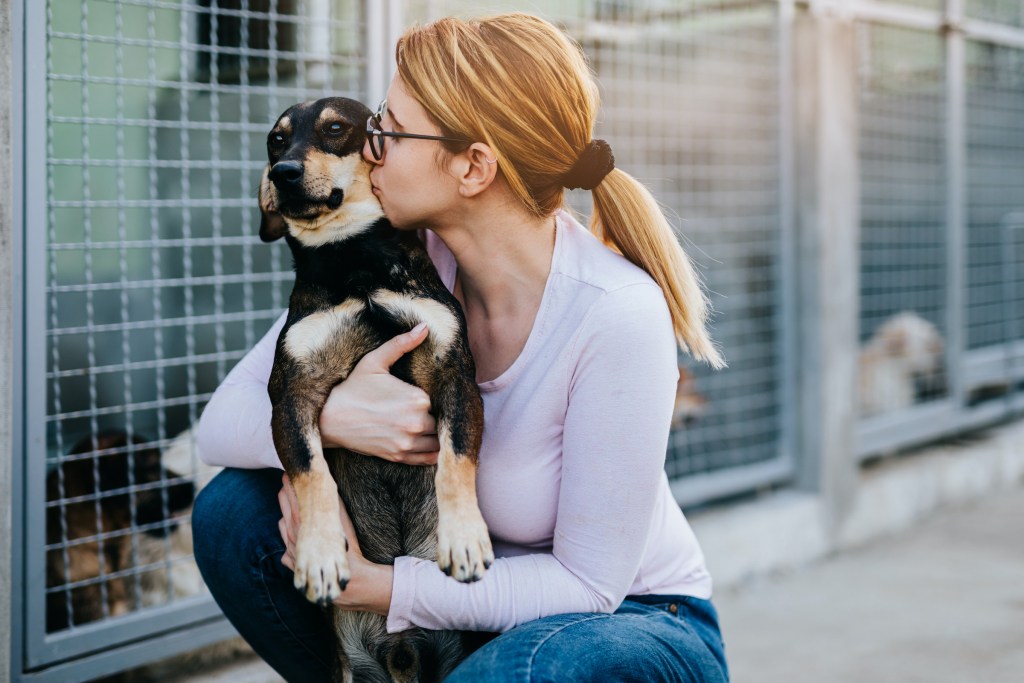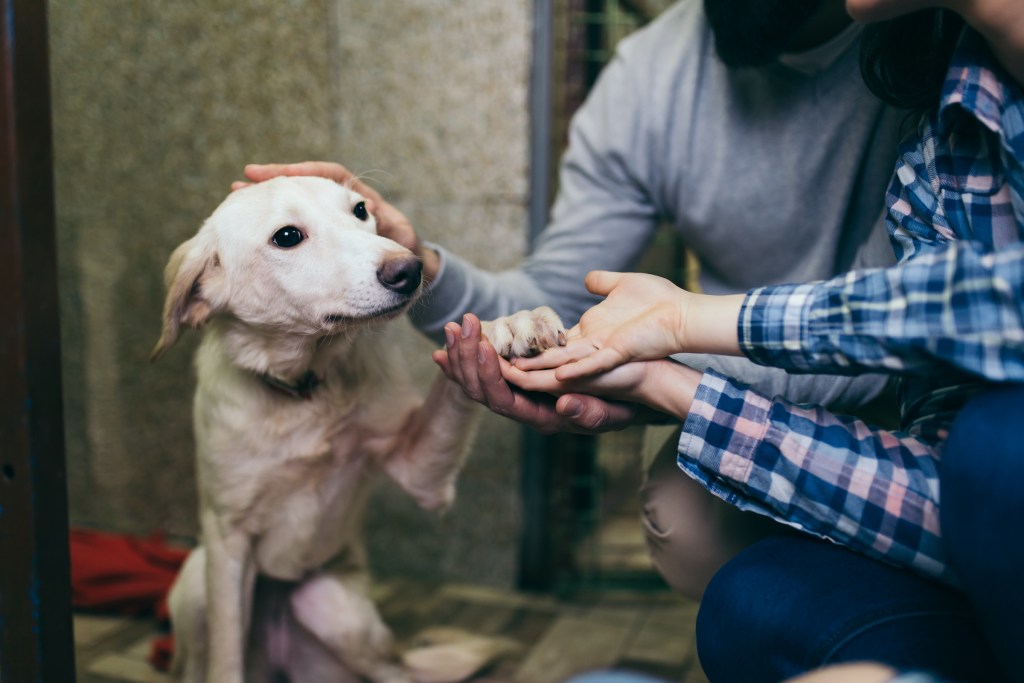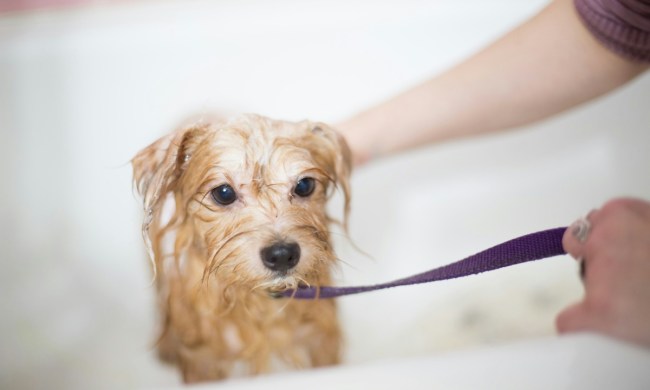Some prospective pet parents are faced with a harsh reality if they apply to adopt a dog or cat without much prior knowledge. Not only is an uninformed applicant less likely to be chosen, but there are more reasons than ever why an application may be rejected.
In fact, a rejected application is fairly common. There may be multiple homes that are interested in the same pet, or the shelter may determine that it’s not a good match. That’s okay — it happens! Take advantage of these dog adoption application tips from the mouths of the experts themselves, and don’t let any setbacks, or the possibility of a setback, discourage you from taking steps toward finding the dog (or cat) of your dreams. Here’s how to ace a dog adoption application.
Do your research
This step should come first in your adoption journey, as there’s a lot to learn! Basic pet care, first aid, and training techniques are just a few of the things you should educate yourself on. Leah Picone, the co-founder of Red Dog Rescue, told The Toronto Star that prospective owners should show off this knowledge when filling out their applications.
Before that, though, you should begin to get a feel for what kind of pet you’d like to join your home. Are you looking for a running partner? A snuggle buddy? An independent pet?
Some shelters even have a matchmaking program to help you find your perfect best friend, but you’ll likely need to be more prepared in order to join one. After all, they may find your match!
You should have a veterinarian and even a groomer picked out before bringing home a new pet. It will be important for them to have a thorough check-up once they come home, so by planning ahead you won’t have to wait.

Prepare yourself and your home
As you research, you’ll begin to learn what you’ll need to do and what you’ll need to buy to pet-proof your home. Make a shopping list if it helps, because bringing home a dog or cat also brings a lot of changes. Be sure to have a plan for their potty schedule, feeding routine, and regular exercise.
Because it can take weeks, or even months, for an animal to adjust to a new home, you may need to implement additional safety measures. Put away any valuable or dangerous objects, and consider purchasing a pet gate if there are spaces you don’t want them to access.
Letting the shelter know on your application that you and your home are prepared may actually give you a secret advantage. GL Gatto of New Collar Collective reminds prospective adopters to be open to hiring dog walkers, pet sitters, and even enlisting family help on busier days (via The Toronto Star). Shelters love to know that an owner has plans to keep their new pet fed and cared for no matter what.
Timing is everything
Make sure you’re applying to adopt a pet when you’re truly able to commit enough time and energy to the process. You will likely not be considered if you’re planning on taking a vacation soon, Lorraine Houston, President of Speaking of Dogs Rescue, told The Toronto Star. Pets — dogs especially — need a consistent routine to stay happy and healthy, so it’s vital to stay home with your new friend, at least for a while.

Get to know your potential pup
Though it can be helpful to submit a general application to help shelter “matchmakers” understand what you’re looking for, it’s important to give any potential prospects some special attention.
Make sure to have everyone in your family meet the pet at the shelter before or when you apply so you can get a first-hand look at their personality and social skills. This will also let shelter staff get a good idea of whether your home would be a good fit for the animal you’re meeting, which could potentially mean a head start on the selection process!
Be honest and thorough in your application
Sabrina Coelho, the director of adoption for Sea Paws Rescue, reminds pet lovers to fill out the entire adoption application, even if they already have a general application on file (via The Toronto Star). It may seem self-explanatory, but the application is your chance to show the shelter how prepared and willing you are to care for a pet, even if it takes some extra work.
This is also a great time to let the shelter know that you have realistic expectations about the adoption journey. If you can, mention your awareness of the 3-3-3 rule, which canine experts use to describe the time it can take dogs to adjust to a new home.
In the first three days, notes Big Dog Ranch Rescue, you and your new friend are still getting to know one another. They likely aren’t comfortable yet, and that’s okay. By the time three weeks rolls around your pet should be showing more personality, though behavior problems can persist. At the end of three months, however, your fur baby should be more or less adjusted to their new home.
Now that you have these tips and tricks from the shelter experts themselves, you can best prepare yourself and your family to take on this exciting process. Bringing home a new pet can be a big deal, but it’s oh-so-fun and rewarding, too!



